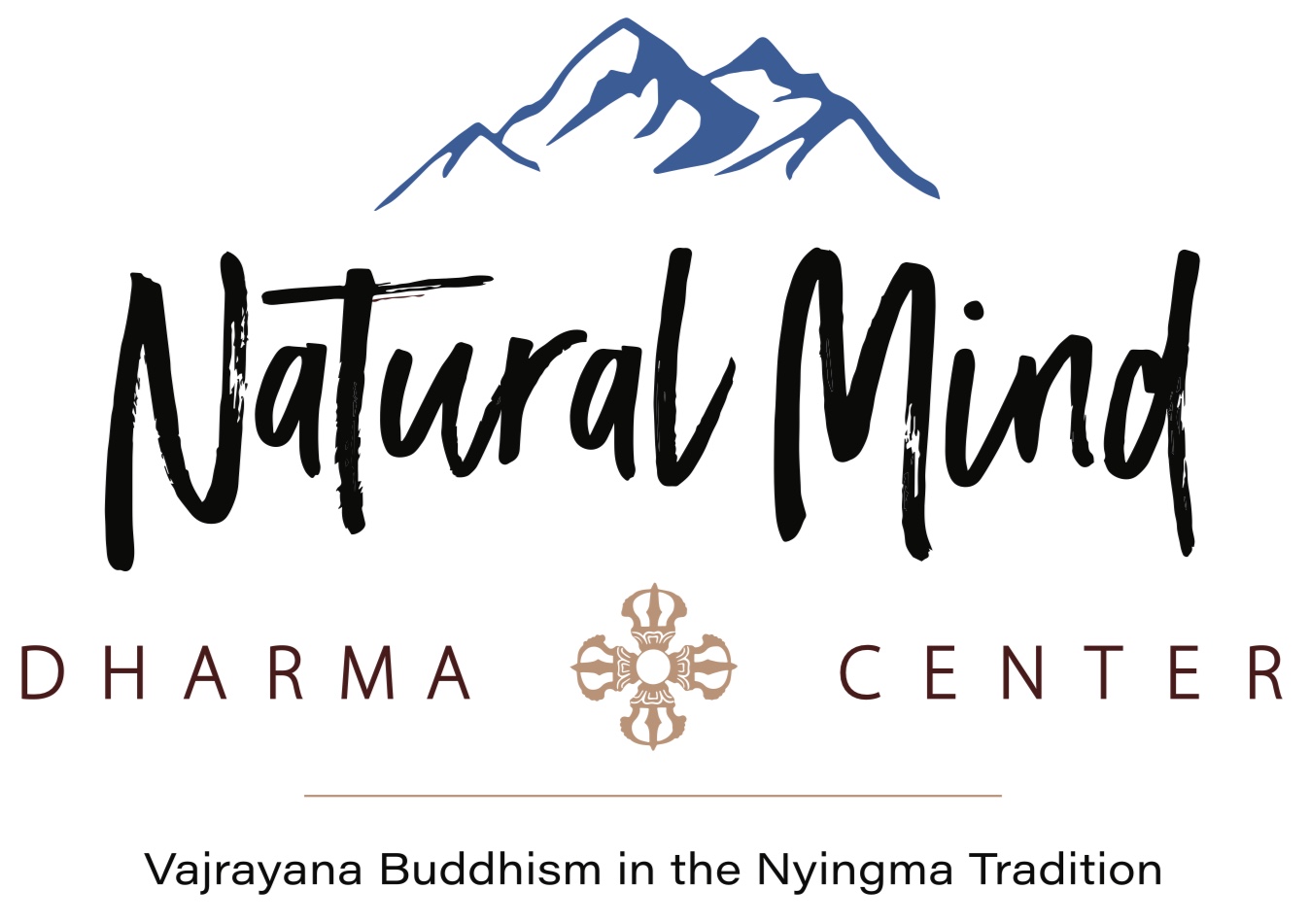What to Keep
Many years ago I took a class from a Japanese man who built houses in the old style—no screws, no nails, only precise wood to wood joinery made with hand tools. I was offered an experience of what it is like to become an apprentice to a traditional craftsman. For instance, an apprentice is not allowed to cut anything until they know how to skillfully sharpen tools. After that they are only allowed to cut simple mortise and tenon joints for many months.
When cutting a mortise, a rectangular hole that receives a tenon, waste wood must be removed. This is laboriously accomplished with razor sharp chisels. Our instructor, however, allowed the use of a drill with Forstner bit. We thought this was sacrilege as he was such a stickler for using only hand tools. But he said something quite honest and simple, “It is not whether or not to use a power tool. It is a question of when to use and what you always keep.”
He only allowed power tools to remove waste wood in a joint, never to cut the actual joint. So, he stayed pretty much true to the intention behind the craft while recognizing a practical application for limited power tool use. This teaching remains with me as I negotiate the path of crafting a version of Buddhism more adapted to the Western mind. What to let go and what to keep.
Vajrayana Buddhism is heavily burdened with aspects of ancient Tibetan culture, many of which are not easily applied by the western mind. But it is important not to jettison the unfamiliar in service of the familiar. We must be discerning. Inside our Dharma Center looks like a small Tibetan gompa or temple but we have chairs and a simplified practice. The imagery has continuity with the conventions of art and style but we reframe them through the Western perspective of archetypes.
My aspiration is that we at least offer a glimpse into the ancient tradition mixed with something that can be more easily applied in daily life. After all, when Padmasambhava brought Buddhism into Tibet, he integrated northern Indian Shaivism and tantric Buddhism with the existing shamanistic tradition of an ancient culture. I can only imagine the challenges. At least we have the internet…ha ha?
So, we keep the ancient language of mantras but use English to communicate. We view ancient images while understanding their psychological symbolism. Many other adaptations will necessarily occur as Buddhism becomes integrated with this multi-ethnic culture. Buddha taught that we should always respect our cultural traditions while cultivating the practice of letting go of the unnecessary things that burden our awareness. In other words, keep our tools sharp but get rid of the waste efficiently as possible. But, keep the Dharma tools sharp!
